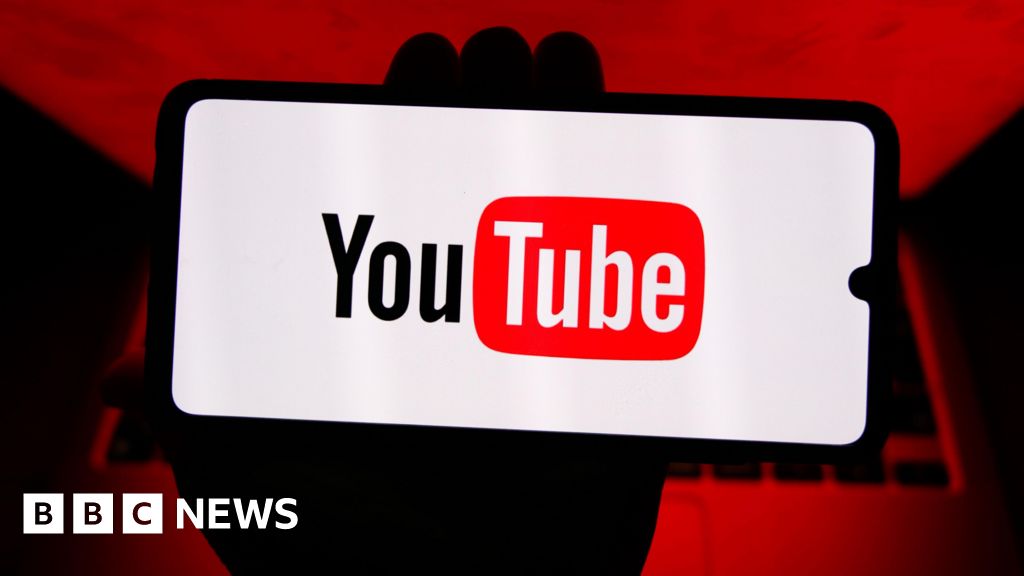YouTube’s ascent in the UK media landscape is undeniable. According to Ofcom’s annual report, the video-sharing platform has surged in popularity, now holding the second position as the most-watched media service, only behind the BBC. This shift signifies a major change in how audiences, especially younger generations, consume content. This article will explore YouTube’s rise, its changing content, and its impact on traditional broadcast television.
YouTube’s Rise in Popularity
One in five young viewers now turn to YouTube first when they switch on their smart TVs, marking a significant shift in viewing habits. This preference isn’t limited to younger audiences; older demographics are also increasingly engaging with YouTube’s content. Generation Alpha, aged four to 15, favor YouTube, while those over 55 are watching nearly twice as much YouTube content as they did just two years prior.
Ed Leighton, Ofcom’s interim group director for strategy and research, notes that scheduled TV is becoming “increasingly alien” to younger viewers, with YouTube being the “first port of call for many”. This change highlights a broader trend of audiences moving towards on-demand, personalized content experiences.
The Changing Landscape of YouTube Content
YouTube isn’t just attracting more viewers; it’s also evolving its content to mirror traditional TV. Half of the platform’s top-trending videos now resemble traditional TV formats, including long-form interviews and game shows. This evolution positions YouTube as a direct competitor to traditional ad-supported TV services, while also providing broadcasters with a way to connect with younger, broader audiences.
Leighton points out that public service broadcasters are “recognizing this shift” and “moving to meet audiences in the online spaces where they increasingly spend their time.” He emphasizes the need for even greater ambition in this regard to ensure the survival of valued public service media.
Decline in Broadcast TV Viewership
Overall, time spent watching broadcast TV in 2024 decreased by 4% compared to the previous year, with average daily viewing dropping to two hours and 24 minutes. This trend is particularly pronounced among young adults (16-24), who watch only 17 minutes of live TV daily. Just under half of this age group (45%) tune into broadcast TV weekly, down from 48% in 2023.
Despite the rise of streaming platforms, broadcast television still accounts for 56% of in-home viewing. Major events, such as Christmas specials and cup finals, continue to draw large audiences. For example, Gavin and Stacey: The Finale was the most-watched program last year on linear TV, with 18.6 million viewers.
The Impact of Streaming Services
Streaming services are making inroads into traditional TV viewership. In the first quarter of this year, Netflix’s Adolescence became the most-watched TV event, with 12.2 million viewers, marking the first time a streaming title has topped the weekly TV ratings. This milestone indicates a significant shift in how audiences consume content, with streaming platforms gaining ground in the battle for viewership.
Evolving Audio Consumption Habits
The report also highlights the evolving listening habits of the UK population. More than nine in 10 UK adults (93%) listen to some form of audio content each week, increasing to 98% among 16-34-year-olds. YouTube (47%) and Spotify (36%) are the most popular online audio services, while BBC Sounds leads among radio broadcasters (24%).
Podcasts are also increasingly available in video format, further blurring the lines between traditional audio and video content.
Ofcom’s Recommendations for Public Service Broadcasting
In a related announcement, Ofcom recommended that YouTube should promote videos from channels such as the BBC, ITV, and Channel 4 more actively to address the “serious threat” to the UK’s public service broadcasting. This recommendation underscores the need for public service broadcasters to maintain visibility and relevance in an increasingly competitive media landscape.
YouTube’s Social Media Ban in Australia
In Australia, YouTube will be included in the country’s world-first social media ban for children under 16, after the government reversed a previous exemption for the platform. This decision reflects growing concerns about the impact of social media on young audiences and the need for greater regulation.
Conclusion: YouTube’s Dominance and the Future of Media Consumption
YouTube’s rise to become the UK’s second most popular media destination signifies a major shift in how audiences consume content. Its increasing popularity among both younger and older demographics, coupled with its evolving content formats, positions it as a key player in the media landscape. While broadcast television still holds significant viewership, particularly during major events, the rise of streaming services and online platforms like YouTube is reshaping the future of media consumption.
As public service broadcasters adapt to these changes, they must embrace online spaces to connect with audiences and ensure the long-term survival of valued public service media. The evolving audio habits of the population further highlight the need for diverse content strategies that cater to a wide range of preferences and consumption methods. YouTube’s journey underscores the dynamic nature of the media industry and the importance of adapting to changing audience behaviors.

Leave a Reply